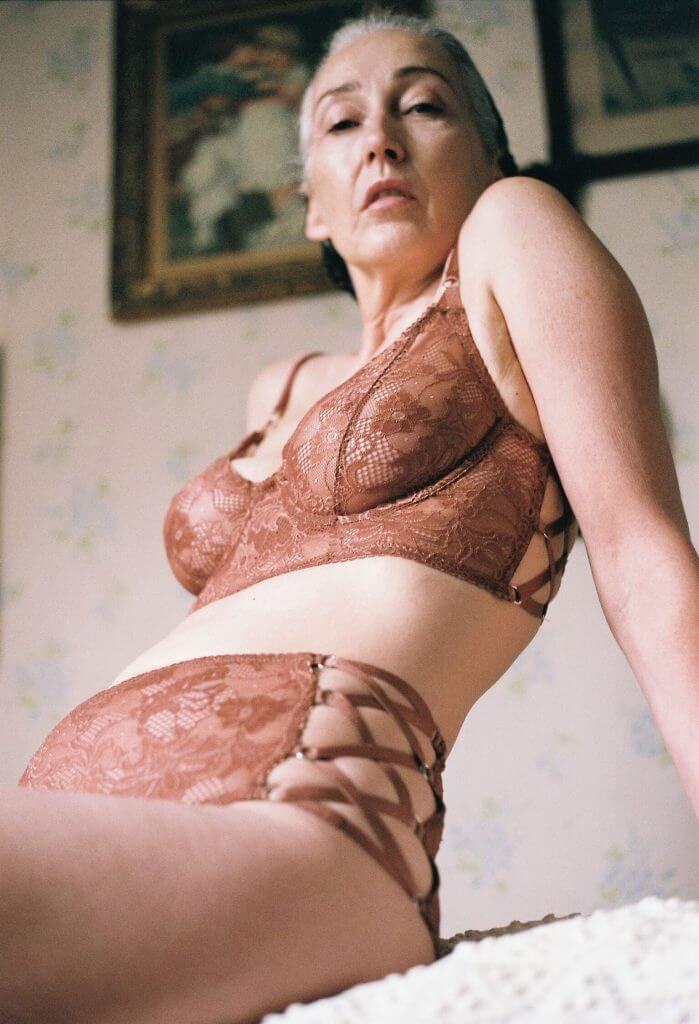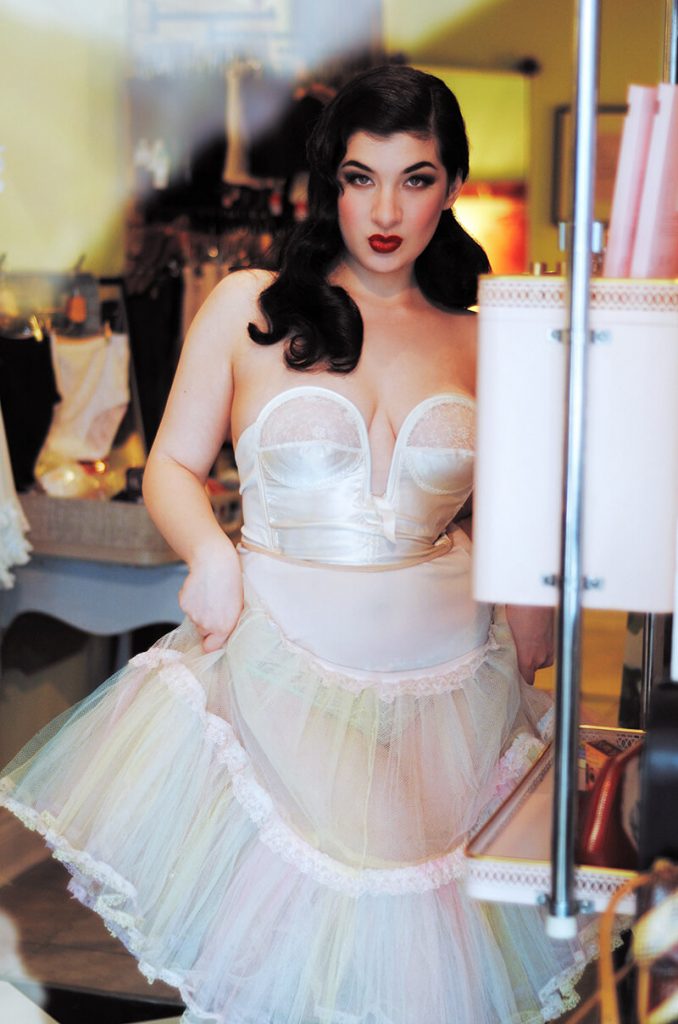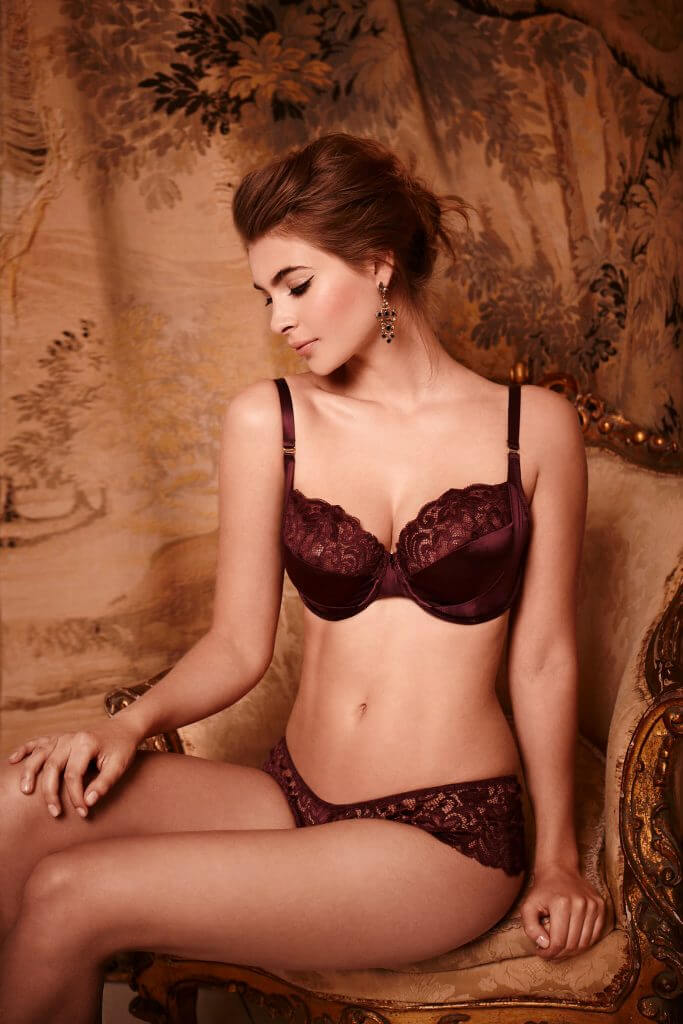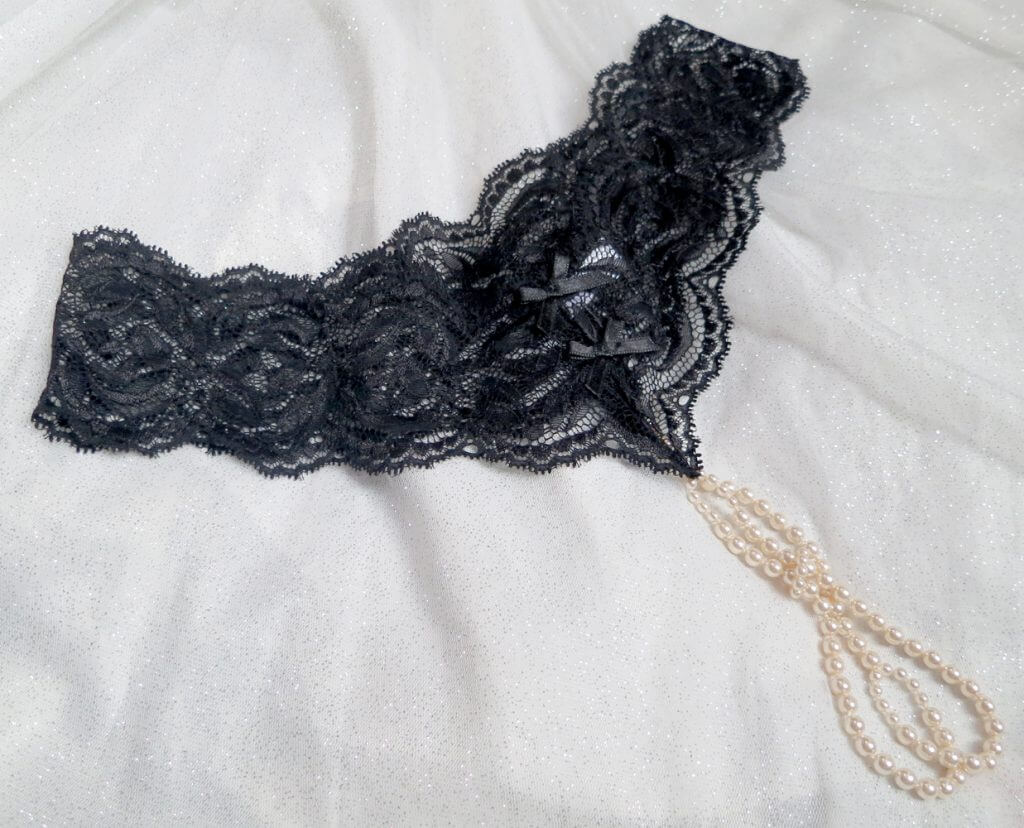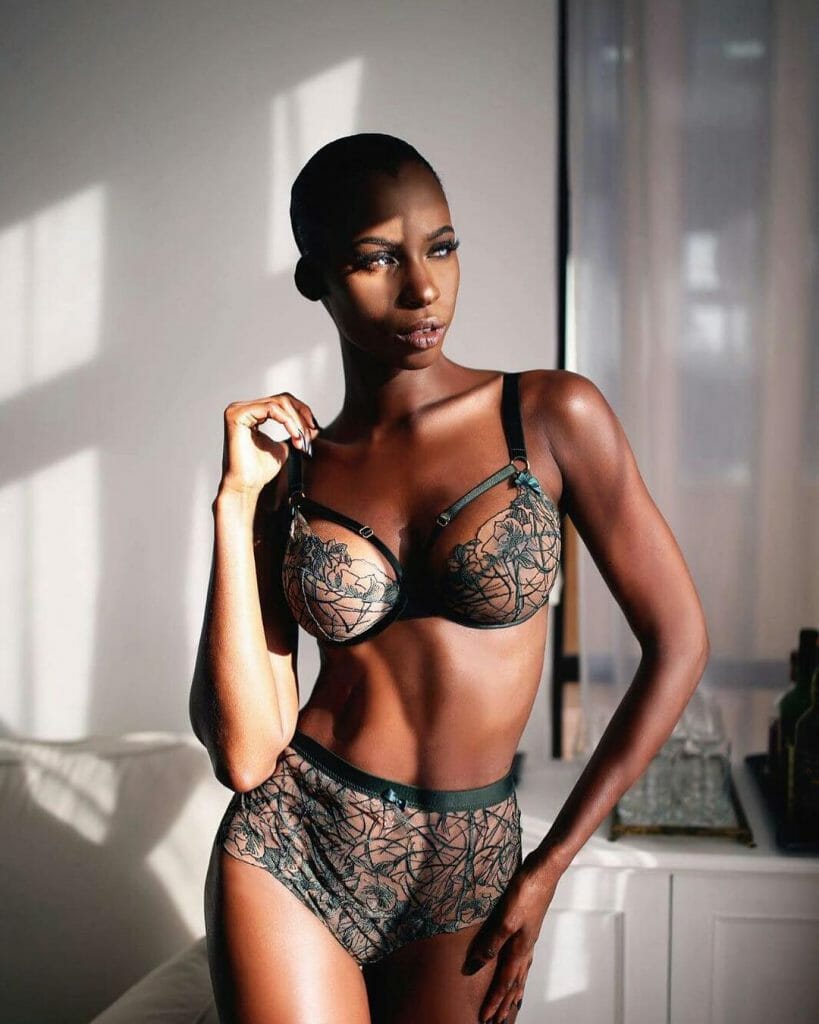Without invoking any comparisons, age truly seems like one of the last taboos of the lingerie industry. Words like “aspirational” get thrown around with careless abandon, and one of the unstated (but wretchedly obvious) components of that aspiration is to be endlessly 22. Maybe 26. If you’re feeling daring. A week ago, while in New York for lingerie market, I discovered my second gray hair. At least, it’s the second […]
Today’s guest post is by Holly, a pinup and alternative model based in Toronto, Canada. She is also a lingerie lover and vintage collector. When not modelling, Holly is working on her undergraduate degree in cinema and media studies with a special interest in Hollywood costuming from the 1930s-1960s. She also enjoys snuggling her cats, drinking large amounts of coffee and watching movies.
For years, full bust bra wearers (roughly defined as people in sizes DD or higher) have talked about how few choices there are for beautiful lingerie in their size. I’m not just talking about bras that exist in a particular size, of which there are (usually) many, but about bras that feel modern and fresh and equivalent to their core size counterparts in terms of both construction and design. Adina Reay is one brand trying to bridge that gap.
The pearl thong is a notorious piece of lingerie. Designed primarily for stimulation, rather than comfort or style, it seemingly represents the more sex-focused side of the lingerie industry. People (always men, in my experience) would call the lingerie store I used to work at asking if we carried pearl thongs. They’re mostly marketed as gifts, rather than something a lingerie-wearer would purchase for themselves. In my opinion, it’s the epitome of the male gaze in lingerie: overtly sexual marketing and designed entirely for sexual purposes – without the wearer’s comfort in mind.
A couple of years ago, I wrote an article on black-owned lingerie brands and it became one of TLA’s most popular articles to-date. Despite what many business experts or industry authorities have to say about the importance of “neutral” or “colorblind” companies, it turns out many people want to support underrepresented or marginalized designers. This is especially when these brands respond to a need the larger intimate apparel industry has neglected for decades.





